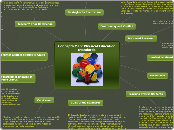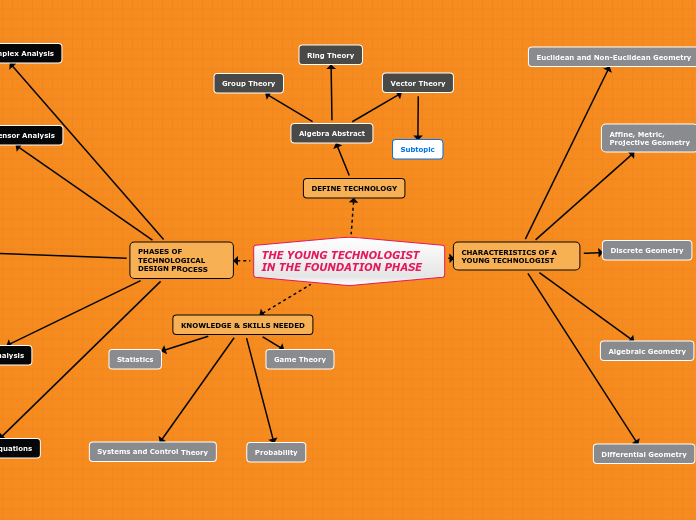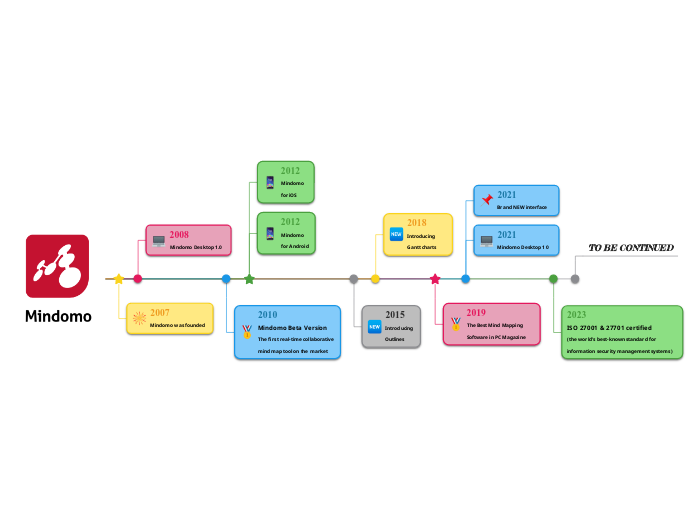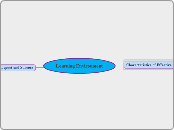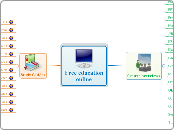realizată de Chandler Farrell 13 ani în urmă
424
Concepts Map
Physical education standards aim to develop various movement skills in students and encourage them to engage in activities promoting a healthy lifestyle. These standards emphasize self-management, self-motivation, and social skills through physical activity participation.
